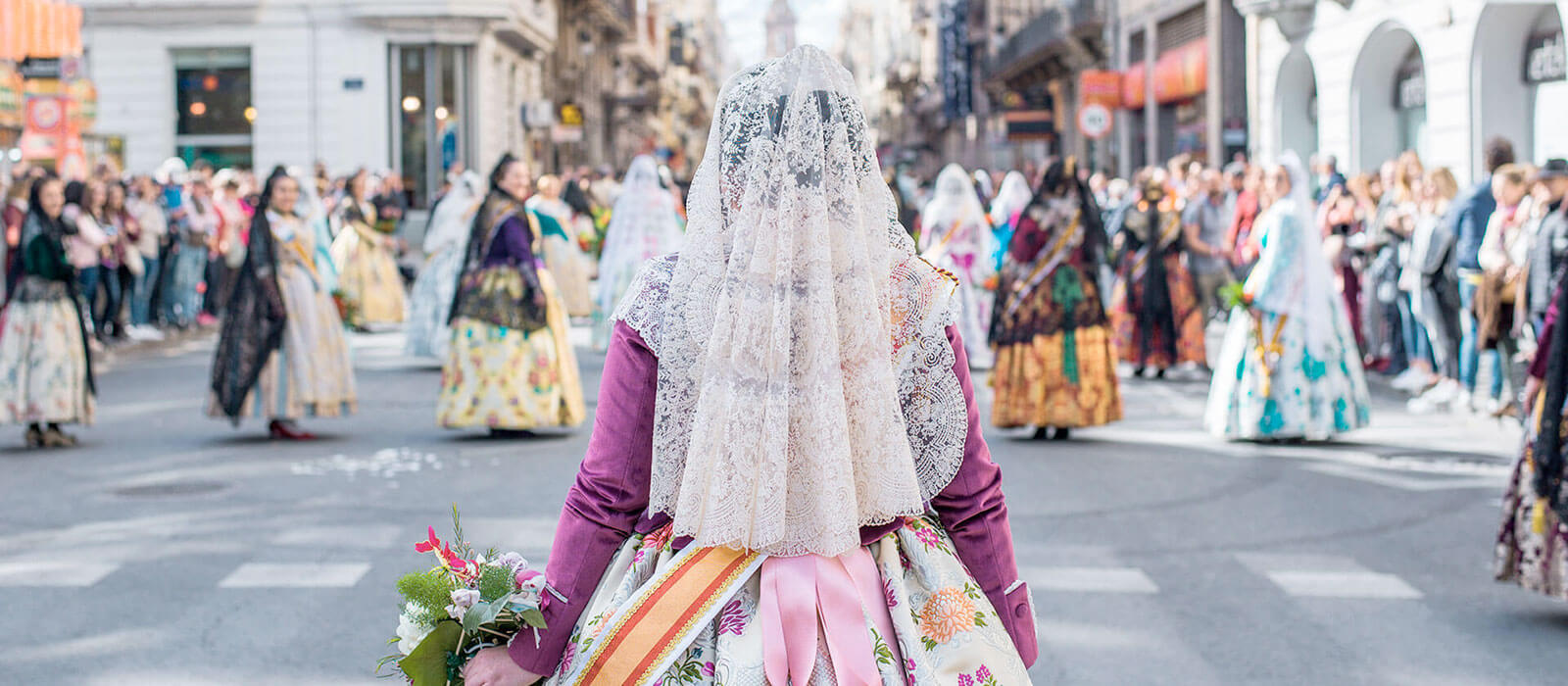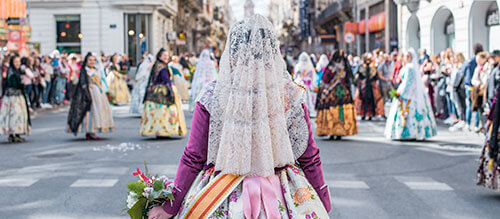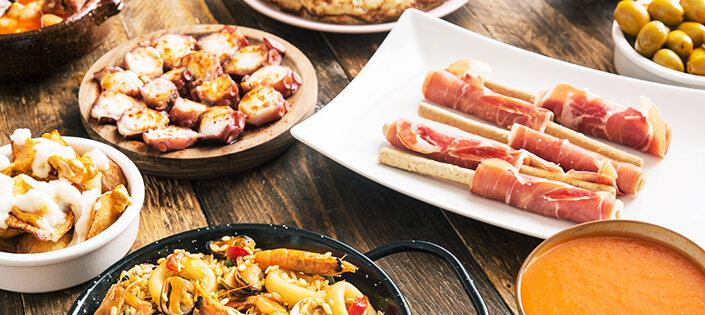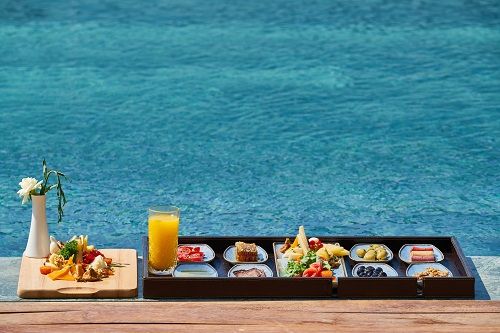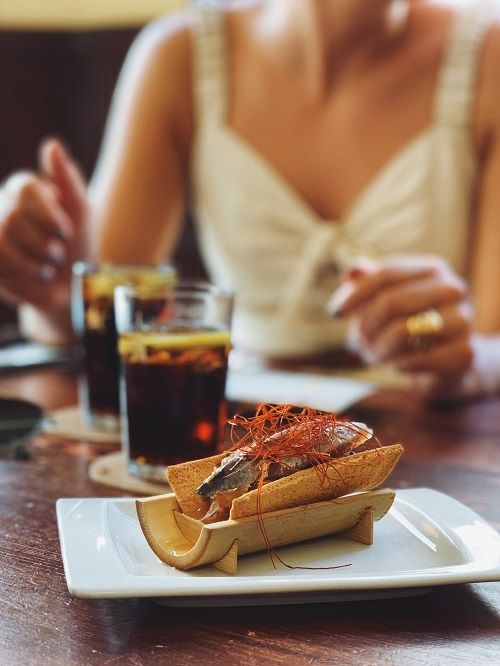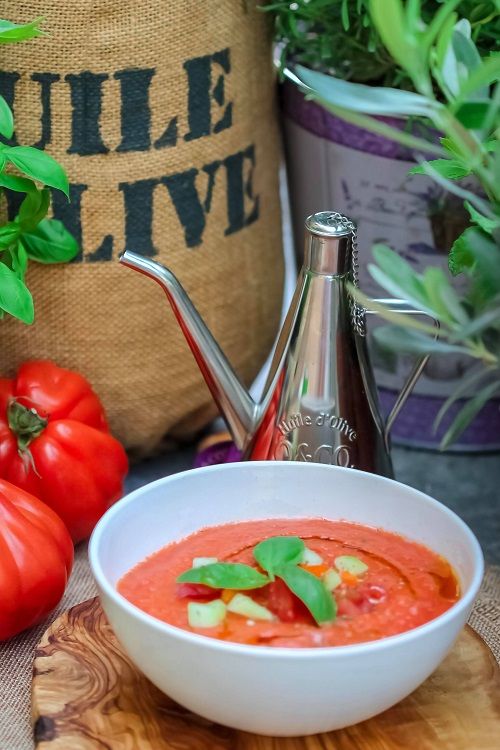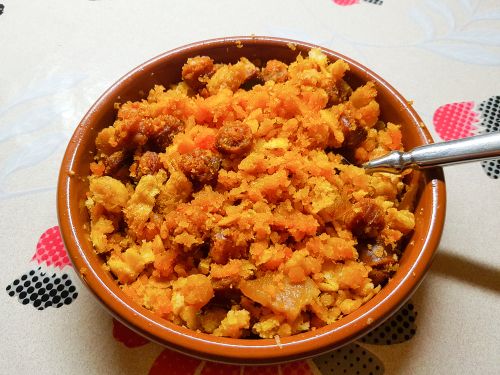Black Friday: shopping vocabulary in Spanish
Black Friday. Learn shopping vocabulary in Spanish about Black Friday with don Quijote and find out about all our discounts for this day.

Who hasn't heard of Black Friday? The most popular day of the year, which has turned into a whole month of discounts, has arrived in Spain and the Spanish-speaking world to stay.
As a Spanish language school, don Quijote also has its own Black Friday discounts, but we also want to bring you this article with Spanish shopping vocabulary that will be useful for this event and for the rest of the year.
It doesn't matter what you want to buy: clothes, technology, food, or even Spanish courses in Spain. Knowing all this vocabulary, words, and expressions will help you get by better in physical stores, on e-commerce websites, and in real-life situations.
If you're learning Spanish, stick around because in this guide you'll find essential vocabulary, useful phrases, and practical dialogues for Black Friday. Plus, we've included a special section with our offers and discounts to improve your Spanish with don Quijote.
Practical guide to learning Spanish with Black Friday
Learn essential shopping vocabulary in Spanish before diving into Black Friday expressions. You need to master the basic vocabulary you'll need in any buying or selling situation in Spanish.
- Tienda (Store)
- Comercio (Shop)
- Comprar (Buy)
- Caro (Expensive)
- Barato (Cheap)
- Comprador (Buyer)
- Vendedor (Seller)
- Precio (Price)
- Producto (Product)
- Oferta (Offer)
- Descuento (Discount)
- Rebaja (Sale)
- Carrito / cesta (Cart / basket)
- Caja (Checkout)
- Ticket
- Devolución (Return)
- Garantía (Warranty)
- Envío (Shipping)
- Entrega (Delivery)
- Política de devoluciones (Return policy)
- Acceso exclusivo (Exclusive access)
- Rebajas anticipadas (Early sales)
- Condiciones del descuento (Discount conditions)
- Términos y condiciones (Terms and conditions)
Black Friday vocabulary
Below you will find essential vocabulary for Black Friday, although you will also use it during the sales season, in specific offers, or in special campaigns throughout the year:
- Black Friday
- Cyber Monday (online promotions on the Monday after Black Friday)
- Oferta limitada (Limited offer)
- Descuento especial (Special discount)
- Últimas unidades (Last few items)
- Solo hoy (Today only)
- Precio final (Final price)
- Rebajas anticipadas (Early sales)
- Cupón / Código promocional (Coupon/promotional code)
- Hasta agotar existencias (While supplies last)
- Hasta ocupar todas las plazas (Until all spots are filled)
Useful phrases for shopping in Spanish
Once you have internalized all the basic words you need for Black Friday, here are some expressions that will help you in physical stores and when shopping online. Remember that all these words and phrases can also be useful throughout the year.
- ¿Cuánto cuesta este artículo? (How much does this item cost?)
- ¿Tienen otras tallas / colores? (Do you have other sizes/colors?)
- ¿Puedo probármelo? (Can I try it on?)
- ¿Cuál es el precio con descuento? (What is the discounted price?)
- ¿Puedo devolverlo si no me queda bien? (Can I return it if it doesn't fit?)
- ¿Cuánto tarda el envío? (How long does shipping take?)
- ¿Incluye gastos de envío? (Does it include shipping costs?)
- ¿Cómo puedo aplicar el cupón de descuento? (How can I apply the discount coupon?)
- ¿Cuáles son los términos y condiciones? (What are the terms and conditions?)
- ¿Cuál es el precio de este producto? (What is the price of this product?)
- ¿Puedo pagar con tarjeta? (Can I pay by card?)
- ¿Tienen política de devoluciones? (Do you have a return policy?)
- Tenemos un descuento especial del 40% solo hoy (We have a special discount of 40% today only)
- Esta oferta es válida hasta agotar existencias (This offer is valid while supplies last)
- Introduce el código promocional para obtener tu descuento (Enter the promotional code to get your discount)
Origin of Black Friday
Black Friday originated in the United States and is associated with the day after Thanksgiving, when millions of people officially begin their Christmas shopping.
However, the term Black Friday began to gain popularity in the 1960s in Philadelphia, when the police started using it to describe the enormous traffic and chaos on the streets due to the massive increase in shoppers.
Over time, this concept evolved and stores began to offer big discounts. In this way, it came to symbolize the moment when businesses went from being “in the red” to “in the black” thanks to increased sales due to the approach of the Christmas season.
Black Friday in Spain
In Spain, Black Friday has grown significantly in recent years, although it only began to gain popularity in 2012. Why? Because in 2012, the regulation limiting sales campaigns was eliminated, allowing stores to launch promotions at any time of the year.
Currently, there is no business or company that does not participate in this day of massive discounts. People have even begun to “celebrate” Singles’ Day on November 11, and the discounts are often added to Black Friday.
The most popular stores where you can find exclusive discounts on this day are large fashion chains, supermarkets, technology stores, online academies, courses, and training programs.
In addition, many brands extend their promotions throughout the week, in what they call “Black Week,” or even almost the entire month of November. Many brands and companies have also jumped on the Cyber Monday bandwagon.
Black Friday is much more than a day of discounts and shopping; it's an excellent opportunity to continue learning useful Spanish vocabulary. Mastering these words and expressions will allow you to communicate better in stores, understand advertisements, and take advantage of offers at any time of the year.
And if you also want to improve your Spanish with courses or training activities, this is the perfect time to discover special promotions!


